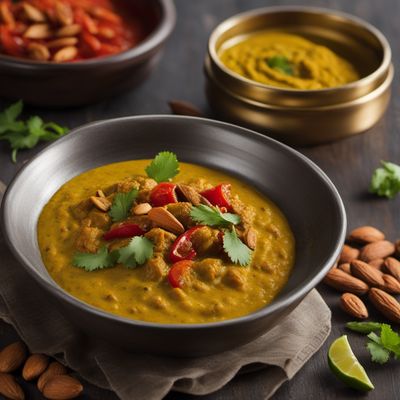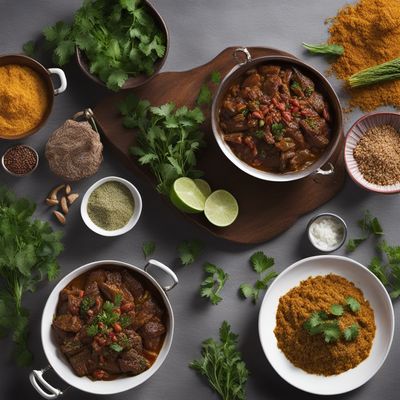
Dish
Pasanda
Pasanda is made with marinated meat, typically chicken or lamb, and a creamy sauce made with yogurt, cream, and a variety of spices, including cumin, coriander, and cardamom. The dish is typically cooked for several hours to allow the flavors to meld together. It is often served with rice or naan bread.
Origins and history
Pasanda has its roots in the cuisine of the Mughal Empire, which ruled over India from the 16th to the 19th century. The dish was originally served to royalty and other high-ranking officials, and has since become a popular dish throughout India.
Dietary considerations
Pasanda is a high-protein dish that is also high in fat and calories due to the use of cream and meat. It is not recommended for those on a low-fat or low-calorie diet. It is also not suitable for vegetarians or vegans due to the use of meat and animal products.
Variations
There are many variations of Pasanda, with different types of meat and spices used depending on the region and the cook's preferences. Some versions of the dish also include additional vegetables, such as bell peppers or tomatoes.
Presentation and garnishing
Pasanda is typically served in a large bowl, with the rice or naan bread served on the side. The dish can be garnished with fresh herbs or sliced vegetables for added color and flavor.
Tips & Tricks
To make Pasanda, it is important to use high-quality meat and fresh spices. The dish should be cooked slowly over low heat to allow the flavors to develop fully. Leftovers can be stored in the refrigerator for several days and reheated as needed.
Side-dishes
Rice or naan bread are the most common side dishes served with Pasanda. Other options include vegetable samosas or a simple cucumber salad.
Drink pairings
Pasanda pairs well with a variety of drinks, including lassi, a yogurt-based drink, or chai tea. The creamy, rich flavors of the dish are complemented by the tanginess of the lassi or the spiciness of the chai tea.
Delicious Pasanda recipes
More dishes from this category... Browse all »

Aab gosht
Indian cuisine

Abgoosht
Iranian cuisine
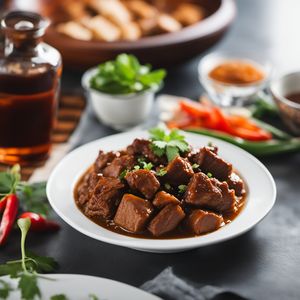
Adobo
Filipino cuisine
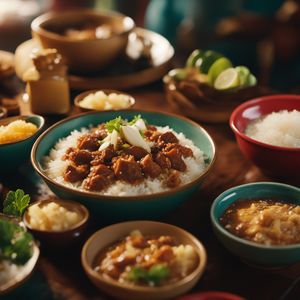
Adobo sa gatâ
Filipino cuisine

Adobong baboy
Filipino cuisine

Adobong baka
Filipino cuisine

Adobong dilaw
Filipino cuisine
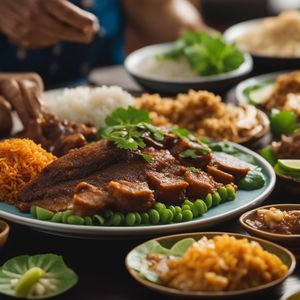
Adobong hito
Filipino cuisine
More cuisines from this region...
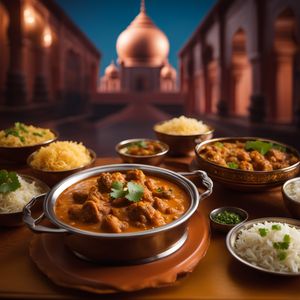
East Indian cuisine
Spicy and tangy flavors, Uses a lot of herbs and spices (mustard seeds, cumin, coriander), Uses a lot of fish and seafood which give it a unique flavor

North East Indian cuisine
Spicy, Tangy, Flavorful, Unique
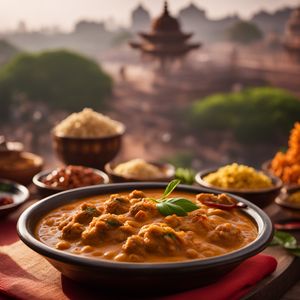
North Indian cuisine
Spicy, Tangy, Aromatic, Sweet, Uses a lot of oil and ghee
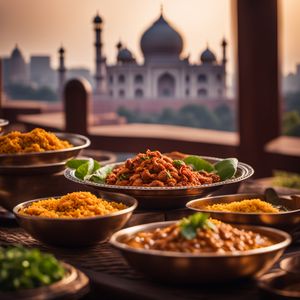
Other Indian cuisine
Spicy, Tangy, Sweet, Sour, Pungent
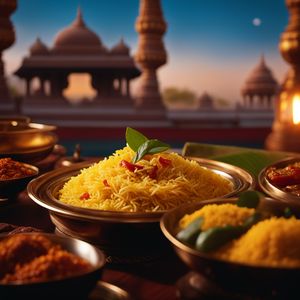
South Indian cuisine
Spicy, Tangy, Sweet, Savory, Aromatic

West Indian cuisine
Spicy, Bold, Tangy, Sweet, Savory
